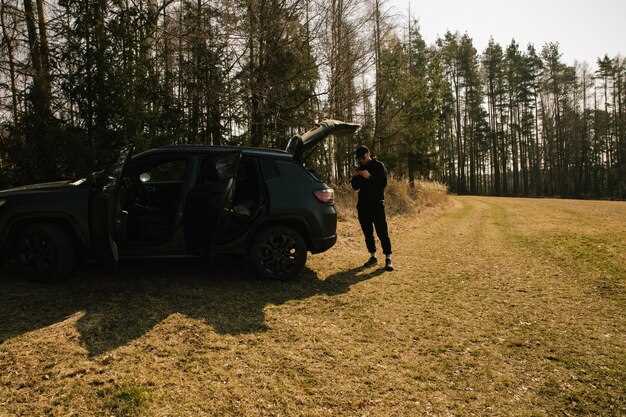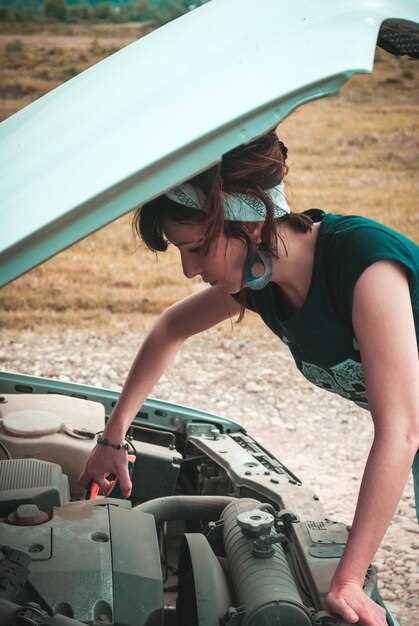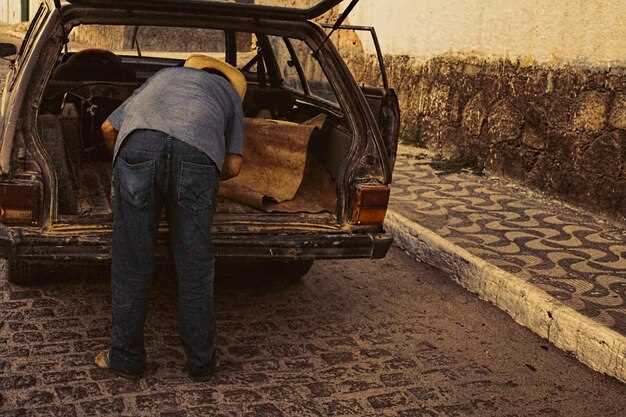
Getting your Jeep stuck while off-road can be a frustrating experience for any enthusiast. Whether you’re navigating mud, sand, or rugged terrain, there are times when your vehicle may become immobilized. The key to a successful recovery lies in understanding the techniques and tools available to you, ensuring that you can continue your adventure without too much delay.
Recovery methods can vary significantly based on the conditions and the reason your Jeep is stuck. Off-road locations present unique challenges, from steep inclines to loose gravel. Familiarizing yourself with different recovery techniques can make all the difference when you find yourself in a precarious situation. The right approach can help you avoid unnecessary damage to your vehicle while getting back on the trail.
This article will provide valuable insights into effective recovery strategies. From the tools you’ll need to practical steps for safely extracting your jeep, we will cover essential tips that can save you time and effort. Whether you’re a seasoned off-roader or a beginner, understanding these recovery tips will enhance your confidence in taking on the wild outdoors.
Using Proper Recovery Gear for Jeep Recovery
When your Jeep is stuck in tough off-road conditions, having the right recovery gear is crucial for a successful extraction. Different terrains require specific tools to ensure a safe and efficient recovery process.
First and foremost, invest in a quality recovery strap. This is essential for pulling your Jeep out of mud, sand, or any other challenging substrate. Ensure the strap has a high weight rating and is made of durable material to withstand the forces involved during recovery.
Recovery shackles are another vital component. They connect your recovery strap to your Jeep and the recovery vehicle. Using rated shackles is important to ensure they do not break under tension, which could pose safety risks to those involved in the recovery.
Winches are also an excellent addition to your recovery arsenal. A winch can pull your Jeep out of tight spots where other methods may fail. When using a winch, always ensure it is correctly mounted and rated for your vehicle’s weight.
Additionally, having a recovery board can be beneficial for getting traction in soft ground. These boards can be placed under the tires to provide grip, allowing your Jeep to drive out of difficult situations rather than relying solely on pulling.
Lastly, do not overlook personal safety and emergency tools. A first aid kit and a fire extinguisher are essential, just in case something goes wrong during the recovery process. Proper preparation cannot be understated when traversing off-road terrains.
By utilizing appropriate recovery gear, you can confidently tackle any situation where your Jeep becomes stuck, ensuring a quick and safe recovery.
Techniques for Tire Traction in Mud and Sand

When your Jeep is stuck in challenging conditions like mud or sand, achieving proper tire traction is crucial for a successful recovery. Here are several effective techniques to enhance tire grip and assist in getting your vehicle back on the trail.
1. Reduce Tire Pressure: Lowering your tire pressure increases the surface area of the tire that contacts the ground. This provides better flotation in soft terrains such as sand and mud. Aim for around 15-20 PSI, but be cautious not to go too low, which can risk damage and bead loss.
2. Use Traction Mats: Placing traction mats or boards under the tires can help provide the necessary grip to get out of a slippery situation. These tools provide a solid surface for the tires to bite into, facilitating movement when spinning in place.
3. Rocking Technique: If your Jeep is stuck, try rocketing back and forth. Shift between drive and reverse to build momentum. This is particularly effective in loose sand and may free your vehicle without additional equipment.
4. Strategic Tire Placement: If possible, position your tires on the flattest and firmest ground available. Avoid boggy areas and try to find a path with better traction, such as grass or earth that may provide more grip than the surrounding mud or sand.
5. Use Sand/Snow Tires: If you frequently take your Jeep off-road in muddy or sandy conditions, consider investing in specialized tires designed for these environments. Tires with a wider tread pattern are better suited for extracting your vehicle from stuck situations.
6. Digging Out the Tires: If your tires are deeply buried, manually digging out mud or sand from around them may help. Clear a path in front and to the sides of the tires, allowing them to grab more earth as you attempt to accelerate.
By utilizing these targeted techniques, you can significantly improve your chances of safely extracting your Jeep from difficult off-road scenarios and prevent further entrapment.
Assessing Terrain and Choosing the Right Recovery Method

When your Jeep is stuck off-road, the first step is to assess the terrain thoroughly. Understanding the type of surface you are dealing with is crucial for selecting the most effective recovery method. Different terrains require different approaches, whether you’re on mud, sand, rocks, or snow.
For soft terrain like mud or sand, a common recovery method is to use a recovery strap along with another vehicle. Ensure both vehicles are positioned correctly, and use momentum carefully to avoid further sinking. In situations where the rear wheels are stuck, consider using traction aids such as sand ladders or mats, which can provide additional grip to help your Jeep climb out.
On rocky or uneven surfaces, winching may be necessary. Assess anchor points that are stable and can withstand the pulling force. Utilize a winch with sufficient capacity for your Jeep’s weight and ensure that the approach angle prevents damage to the vehicle. In some cases, lifting the tires using jack tools can assist in gaining traction.
If you’re in snowy conditions, the first step should be to clear snow away from the tires, followed by using tire chains or other traction devices. If these do not work, enlisting another vehicle for a tow can effectively extract your Jeep without causing further damage.
Always consider the safety of all participants during the recovery process. Avoid risky maneuvers that could lead to additional vehicle damage or injury. Take your time to evaluate your surroundings and select the recovery method that is most suited for the specific conditions. Proper assessment can mean the difference between a quick recovery and a frustrating ordeal.




